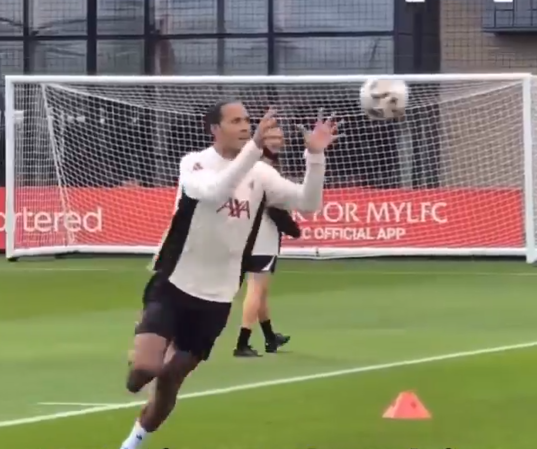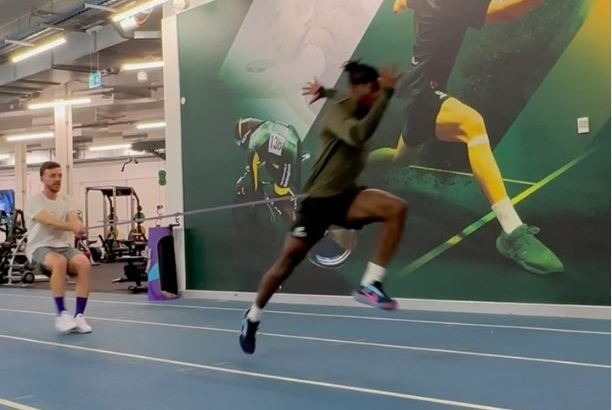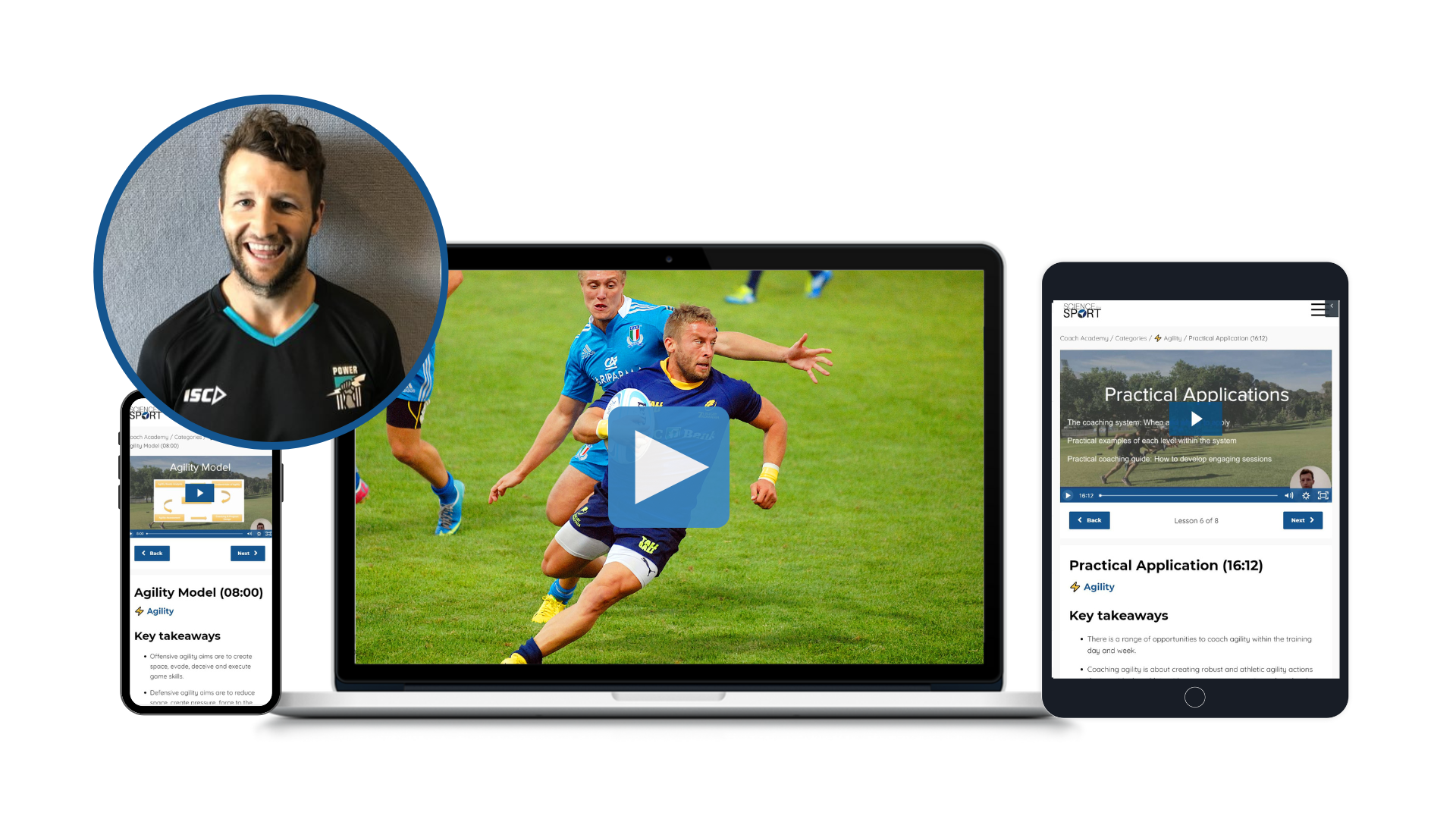This week in the world of sports science, here’s what happened…
- The latest research on early sport specialisation
- Liverpool’s outfield players are practising ball catches…
- Should football players have their own personal S&C coaches?
The latest research on early sport specialisation

Leading performance coach Fred Duncan, a regular feature in SFS Weekly, recently shared an insightful post on X about early sport specialisation. In his post, Duncan included an infographic that summarises the findings of a recent scientific review.
This comprehensive review analysed data from an astonishing 62,327 athletes across 93 studies, all of whom specialised in a single sport for at least eight months per year before reaching puberty. The results revealed that early specialisation is associated with a higher risk of overuse injuries and sub-optimal performance compared to those who played multiple sports or specialised later in their youth.
Given that this large-scale review found no clear benefits to early sport specialisation, Duncan strongly advocates for encouraging young athletes to participate in a variety of sports during their pre-adolescent years and to steer clear of early specialisation.
If you want to learn more about this topic, check out Duncan’s X post and the review. Additionally, our blogs, Early Sports Specialisation and What the kids have to say early sport specialisation by the excellent Tom Green, are also worth reading.
Liverpool’s outfield players are practising ball catches…

A recent clip featuring Liverpool F.C. sparked considerable debate on social media. In the footage, Liverpool players were seen making curved runs around cones, concluding the drill by jumping to catch a thrown ball. This raised eyebrows among many observers, who questioned the relevance of the drill, pointing out that outfield players are not even allowed to jump and catch a football during actual games.
Oli Lowe, the S&C coach for Birmingham City F.C. academy, took to LinkedIn to clarify the rationale behind Liverpool’s drill. He noted that 86% of sprints in the Premier League are curved rather than straight. This is precisely why Liverpool implemented a curved cone setup. Furthermore, he highlighted that 62% of these sprints involve a rotating torso, as players are constantly scanning their surroundings for teammates and opponents. This aspect explains the addition of a thrown ball for players to catch at the end of the drill.
While the drill may initially seem disconnected from typical game scenarios, it’s specifically designed to prepare outfield players for the realities of play. It allows them to practice curved runs while also incorporating torso rotation to assess their environment and anticipate a thrown ball. Thus, the evidence clearly indicates that Premier League players often need to execute curved runs with a rotating torso, remaining aware of their teammates and opponents.
If you would like to learn more about this topic, check out Lowe’s LinkedIn post and our blogs, Speed training in football (soccer): How to develop this game-changer and Don’t just sprint in a straight line: why curved running is important.
Should football players have their own personal S&C coaches?

There is a noticeable trend among football players who are choosing to work with their own personal S&C coaches. For example, Anthony Elanga from Newcastle United F.C. has publicly shared his training achievements on social media alongside his S&C coach, Tom Joyce (see here). One of his noteworthy accomplishments is an impressive 100-meter sprint time of 10.93 seconds.
Interestingly, Newcastle seems to support this arrangement. There are rumours that Joyce attended Elanga’s medical and that he has daily contact with the club’s performance and medical teams. Elanga is not the only player in this situation; several other Newcastle players are also believed to have their own private S&C coaches.
While this setup appears to benefit Newcastle, instances at other clubs raise questions about its effectiveness. Just last month, Preston North End F.C. player Daniel Jebbison missed a match due to an injury he sustained during a private training session with his personal trainer (see here). This incident infuriated Preston’s manager, Paul Heckingbottom, who pointed out that while private trainers are quick to highlight their work with players on social media, they provide no financial support to the club when injuries occur during their sessions.
What are your thoughts on this? Should football players exclusively work with club performance coaches, or should they be allowed to work with their own individual S&C coaches and personal trainers? If you’re interested in finding out more about this topic, check out our recent podcast episode Club Plans & Personal Coaches: Adding An Edge?
From us this week:
>> New course: Team Dynamics & Cohesion
>> New podcast: Ellie Wilson: Inside the High-Performance World of Women’s Football
>> New infographic: One Repetition Maximum (1RM) Testing
>> New article: Hydrotherapy
Access to a growing library of sports science courses
SFS Academy is an all-access membership to premium sports science education.
With SFS Academy, you’ll learn from some of the best coaches around the world as they teach you how to apply the latest research and practice with your athletes.




